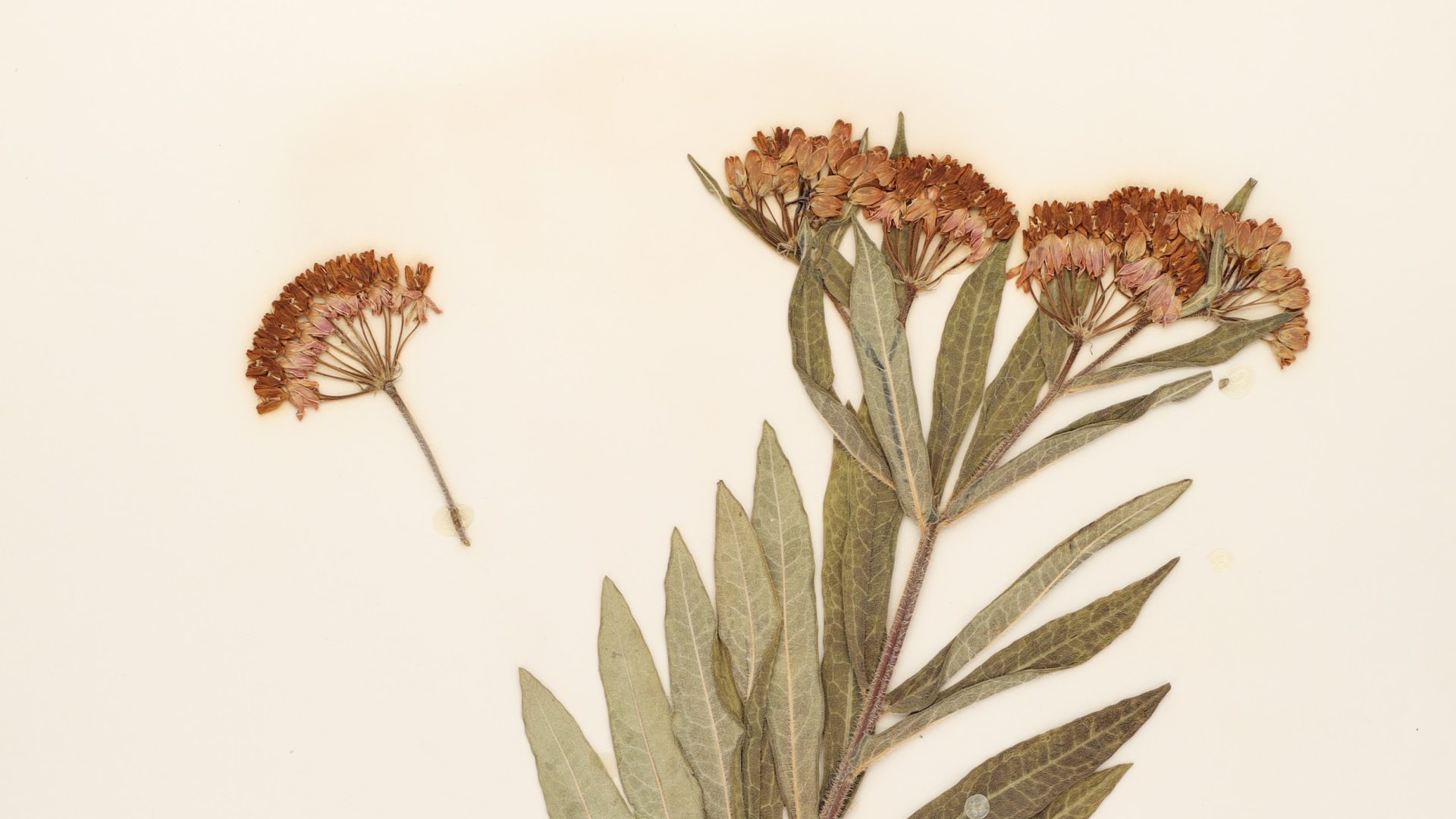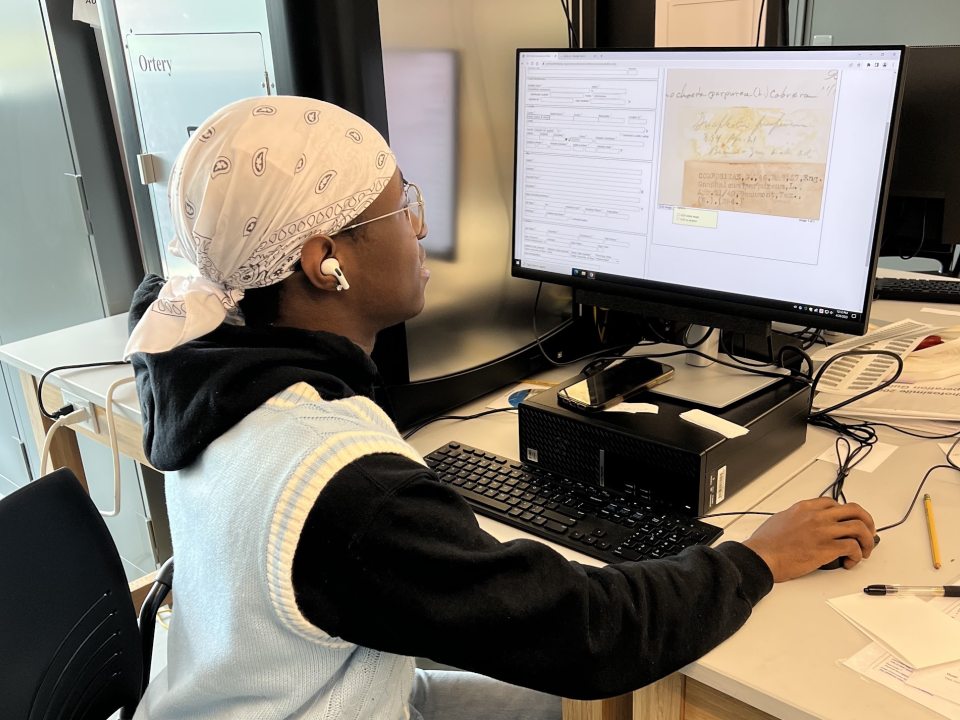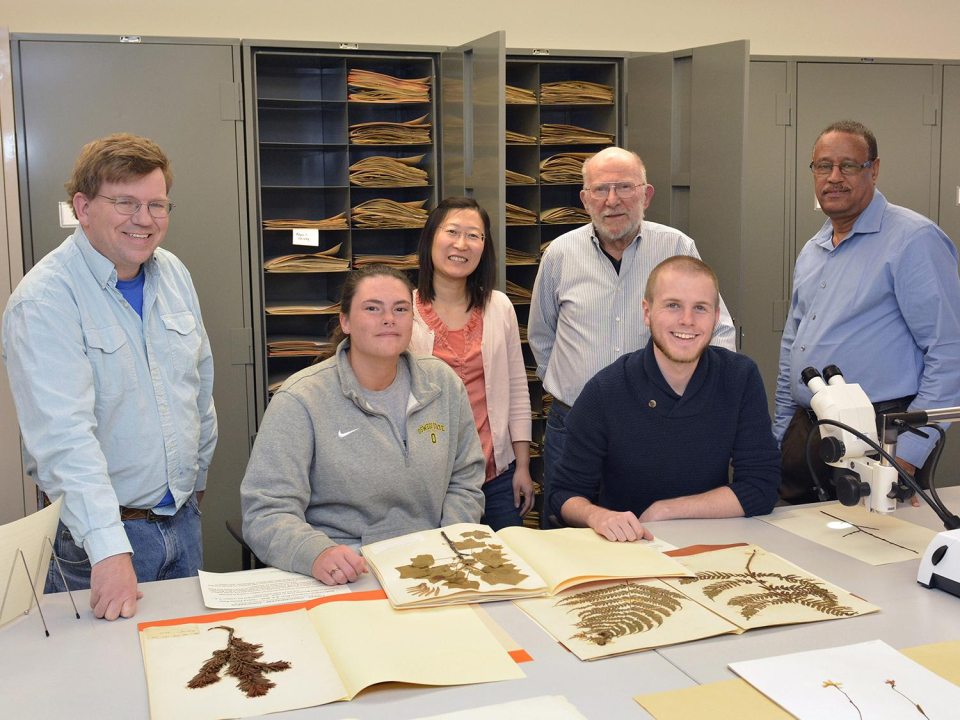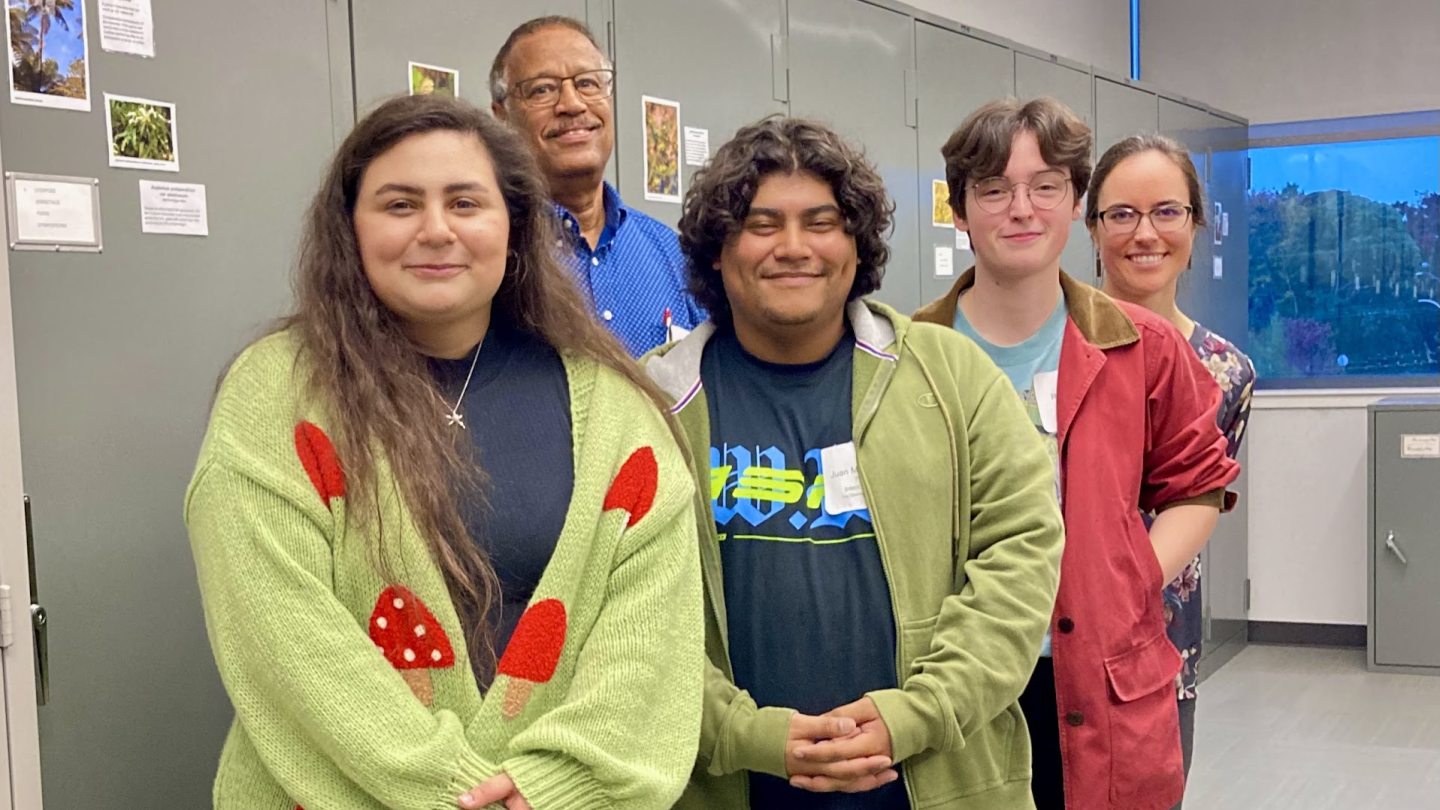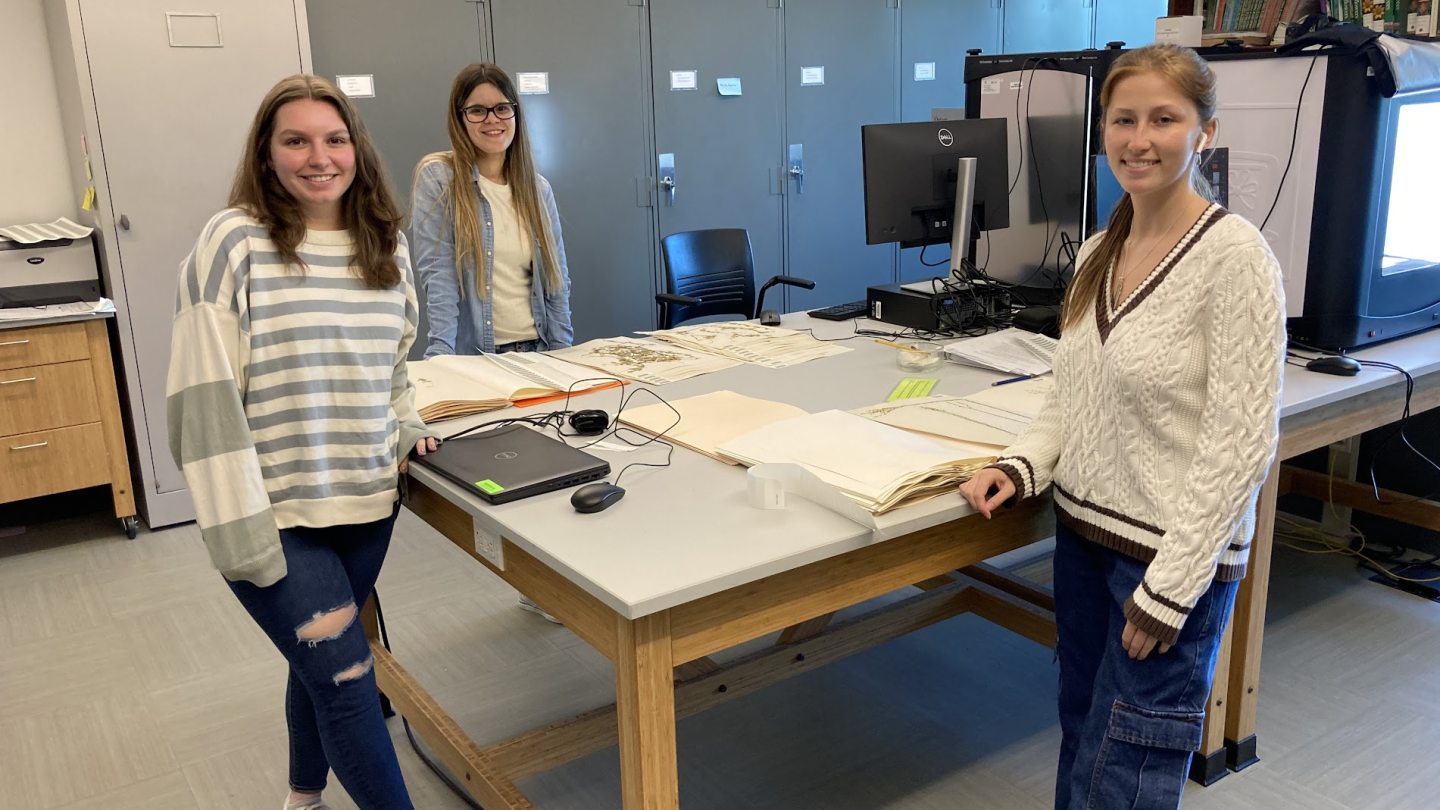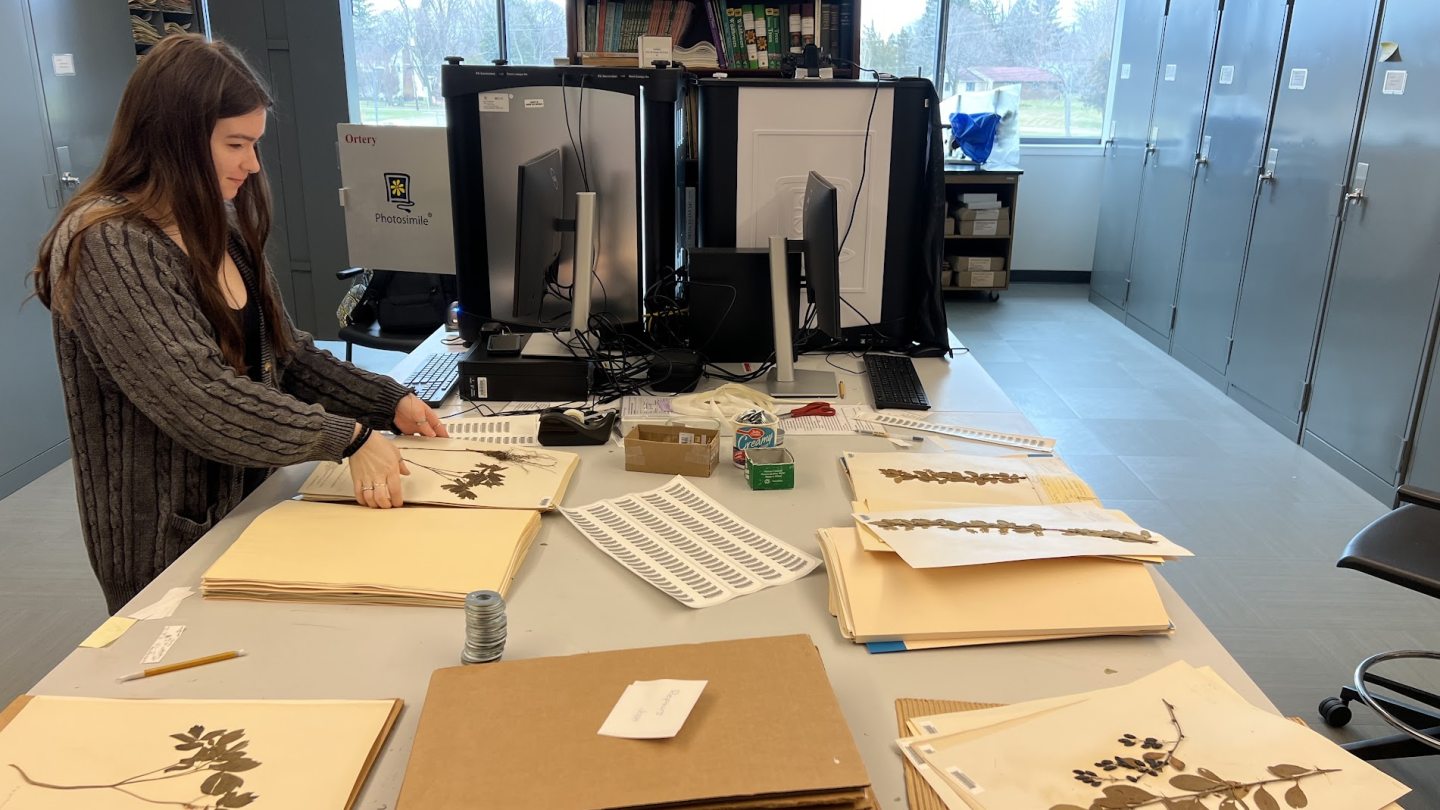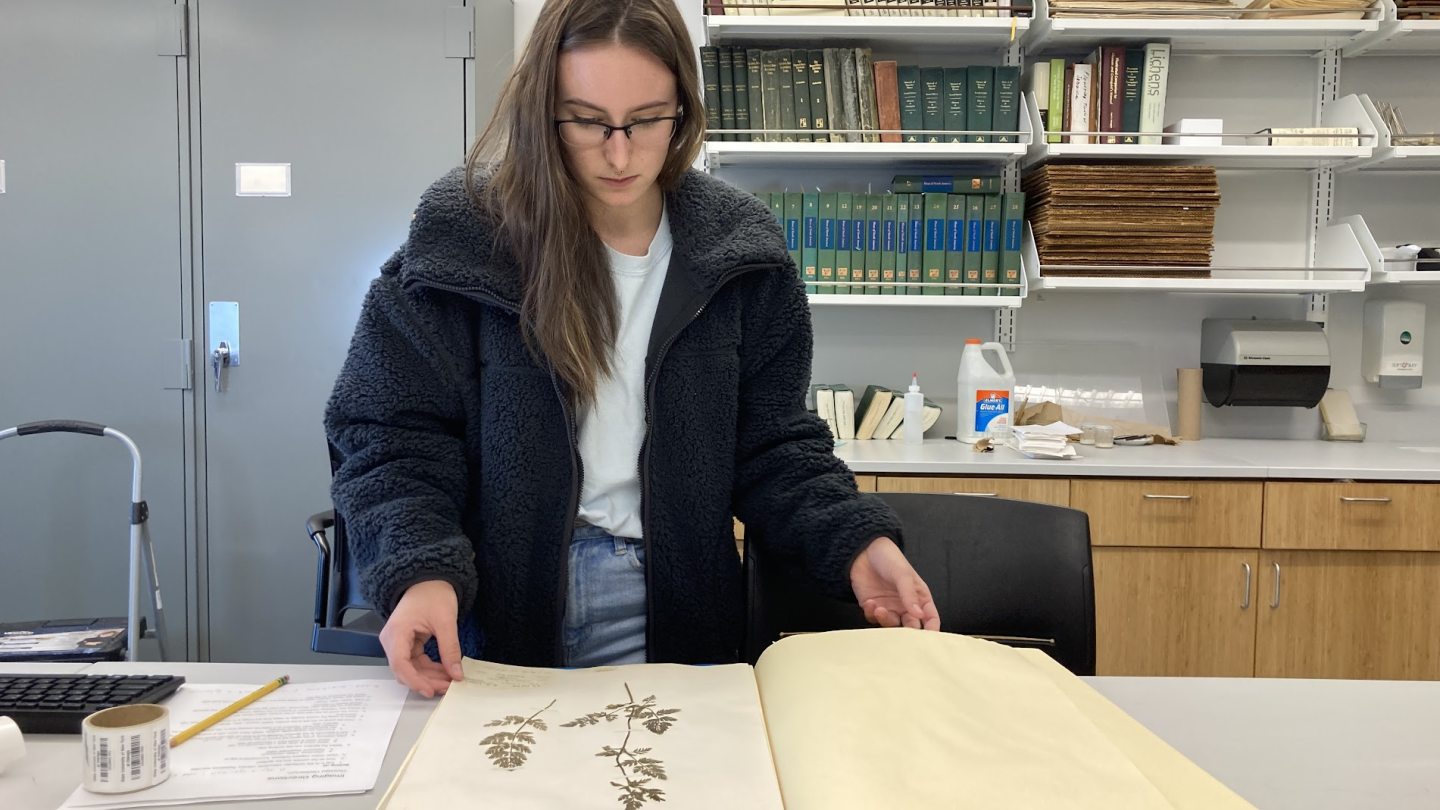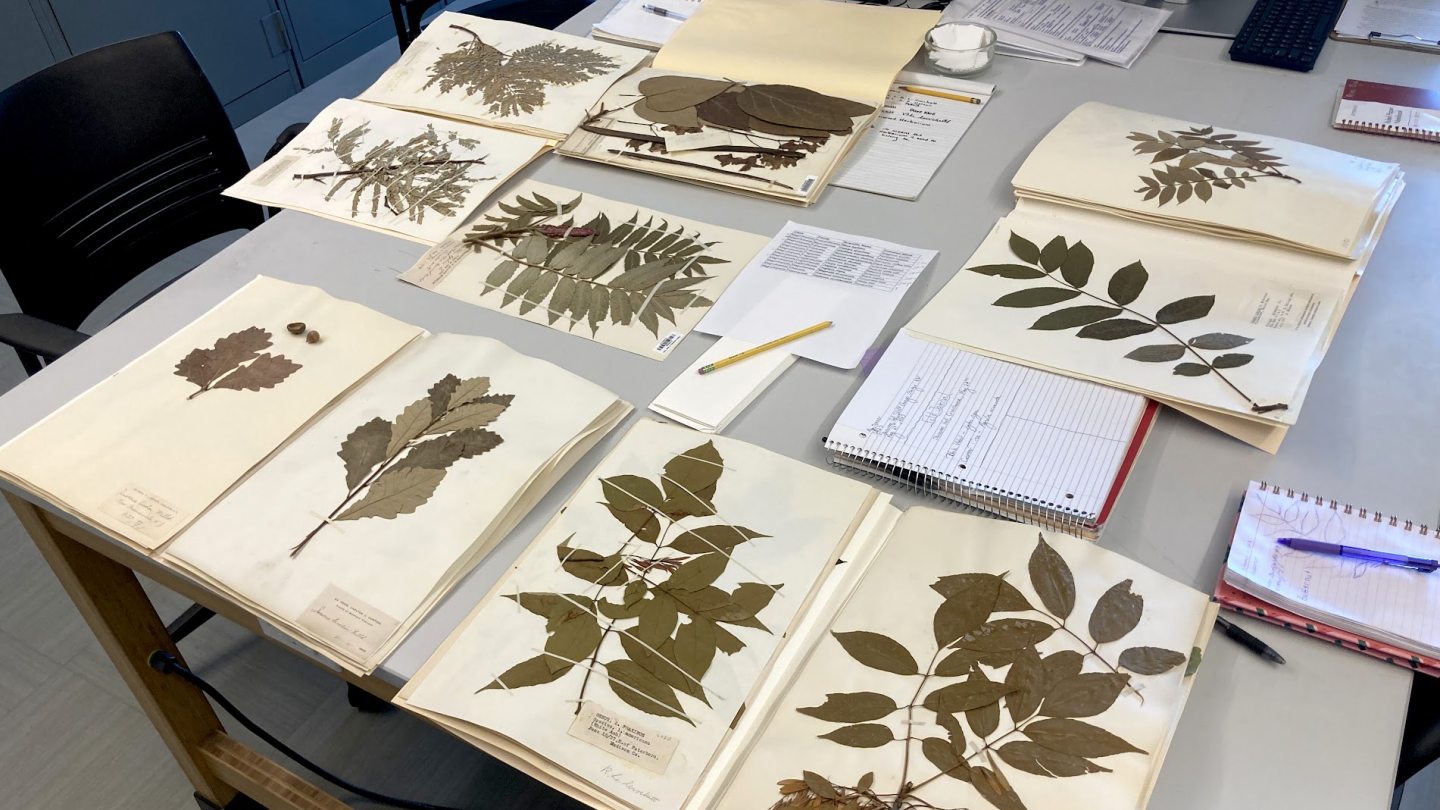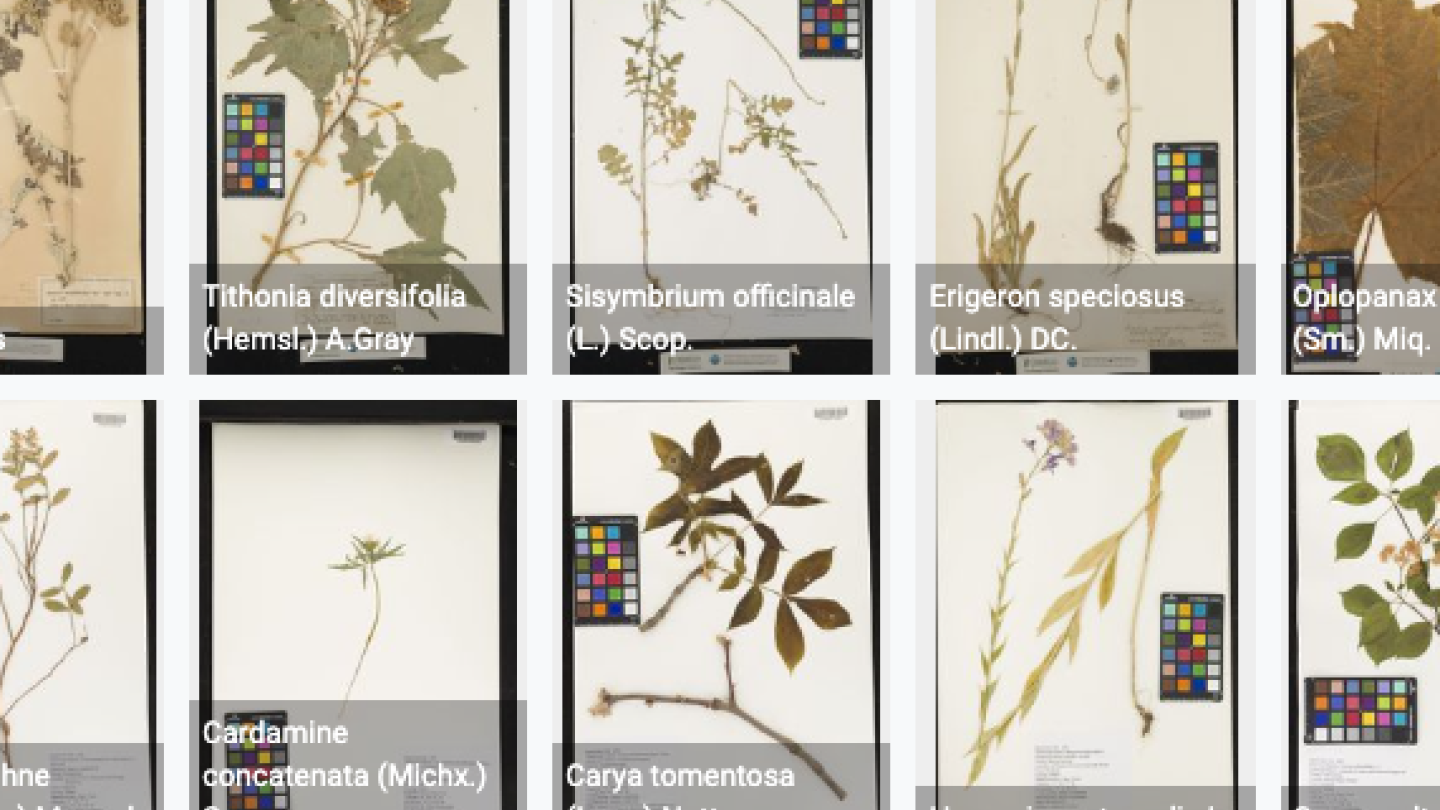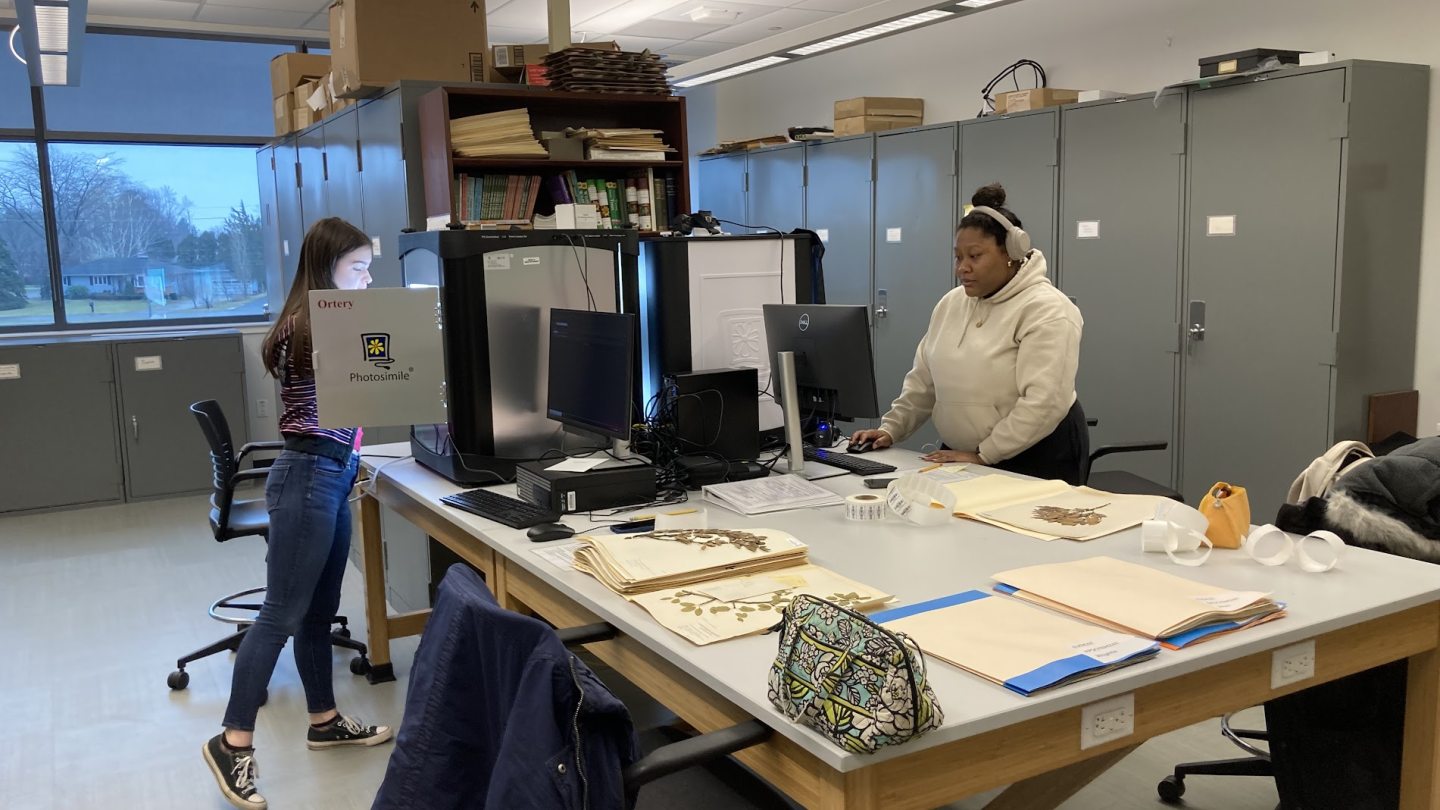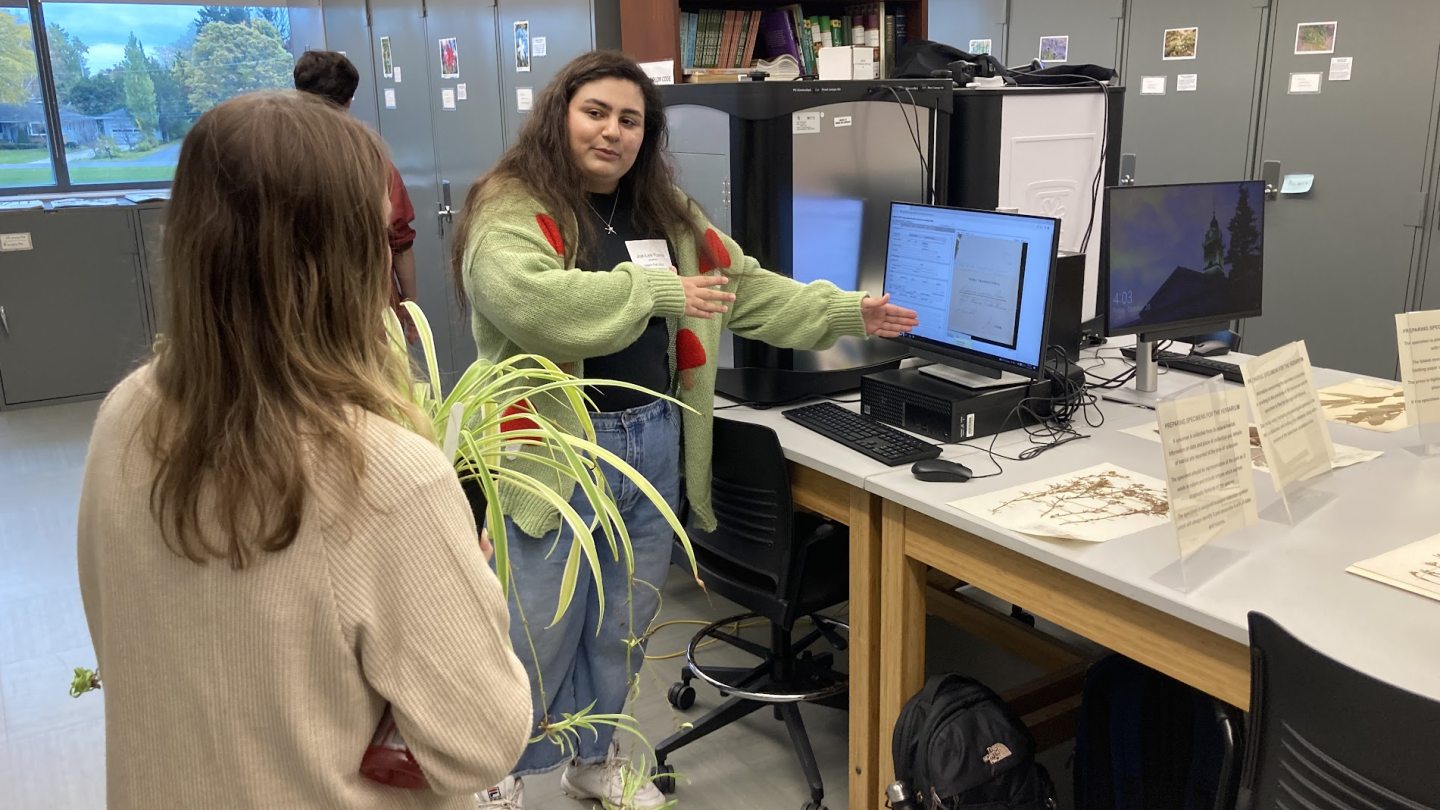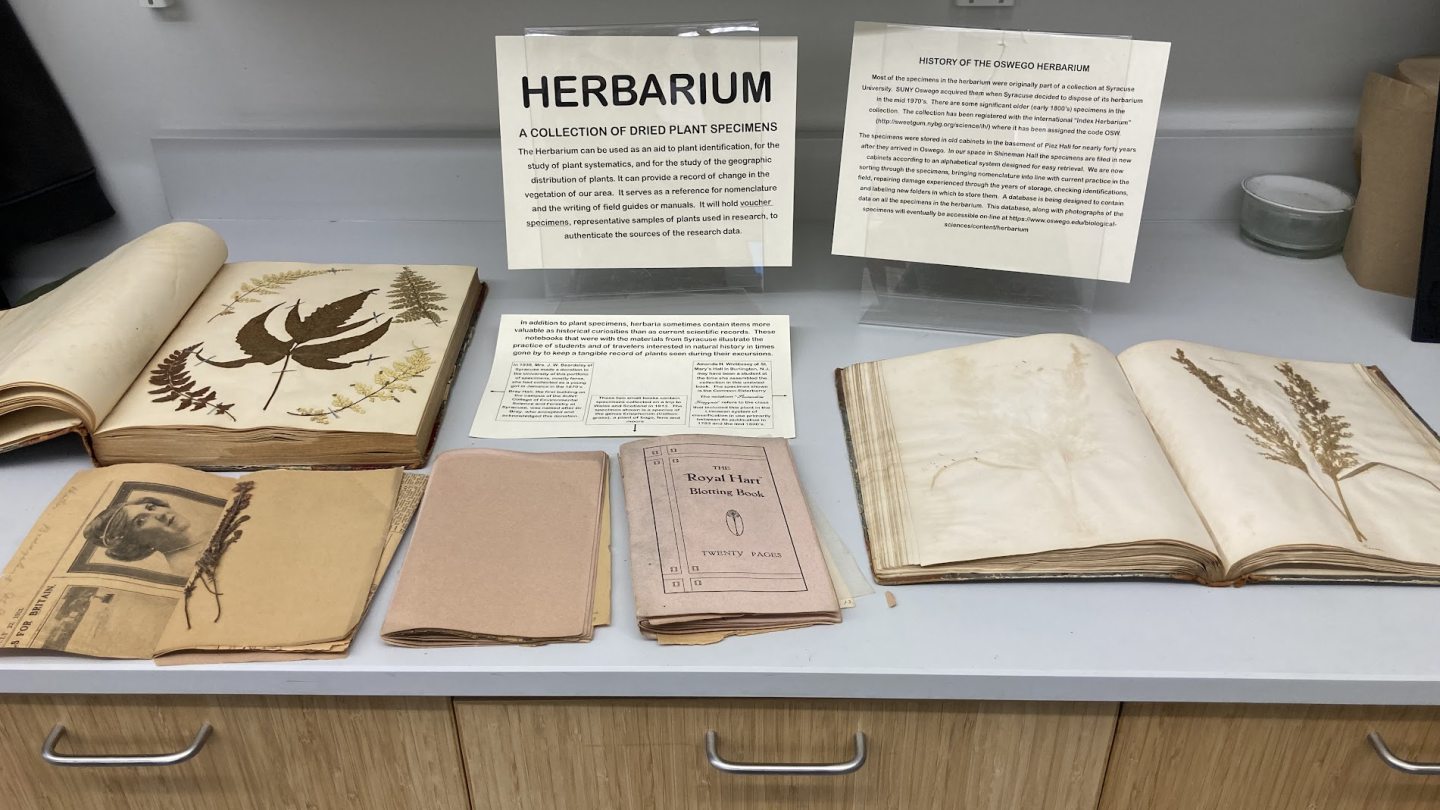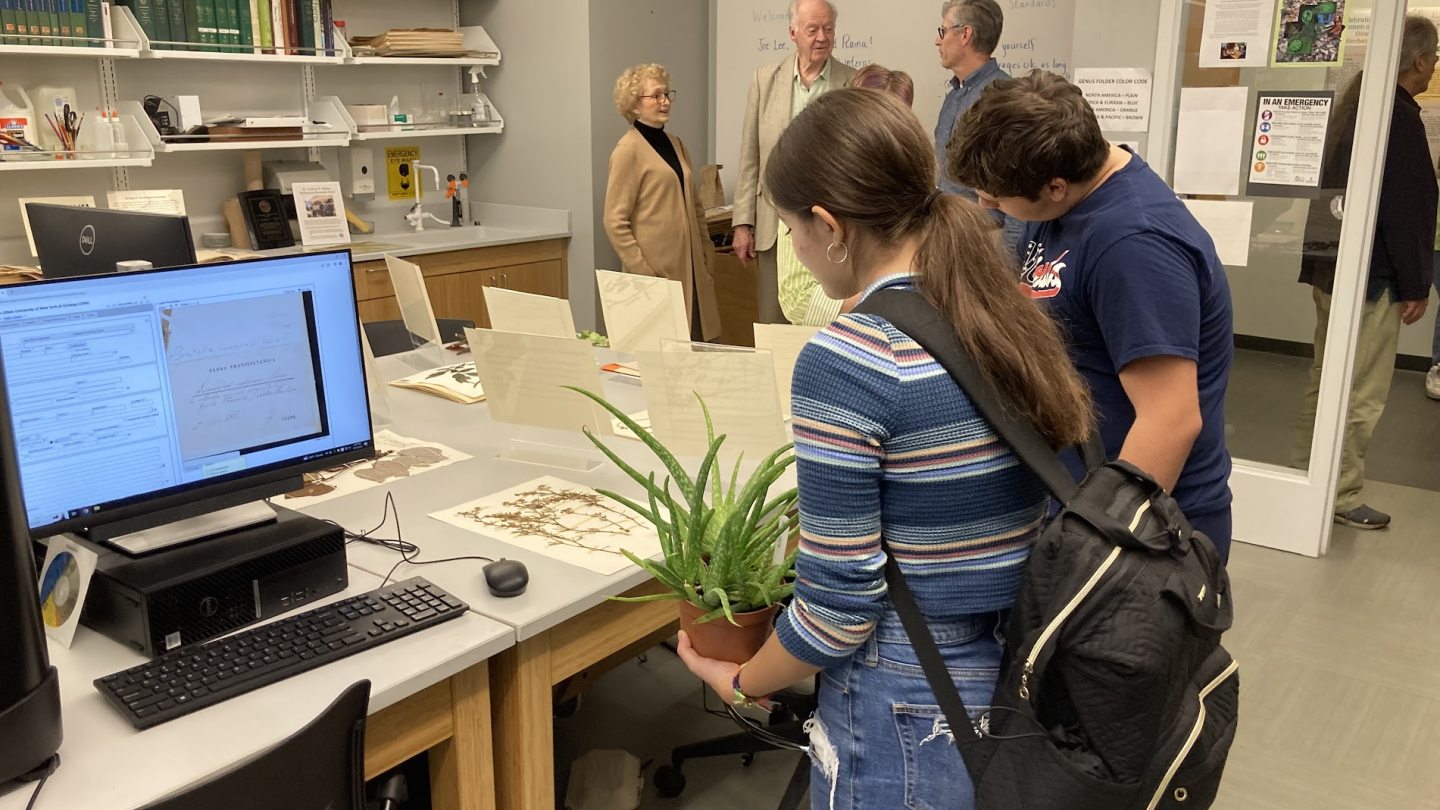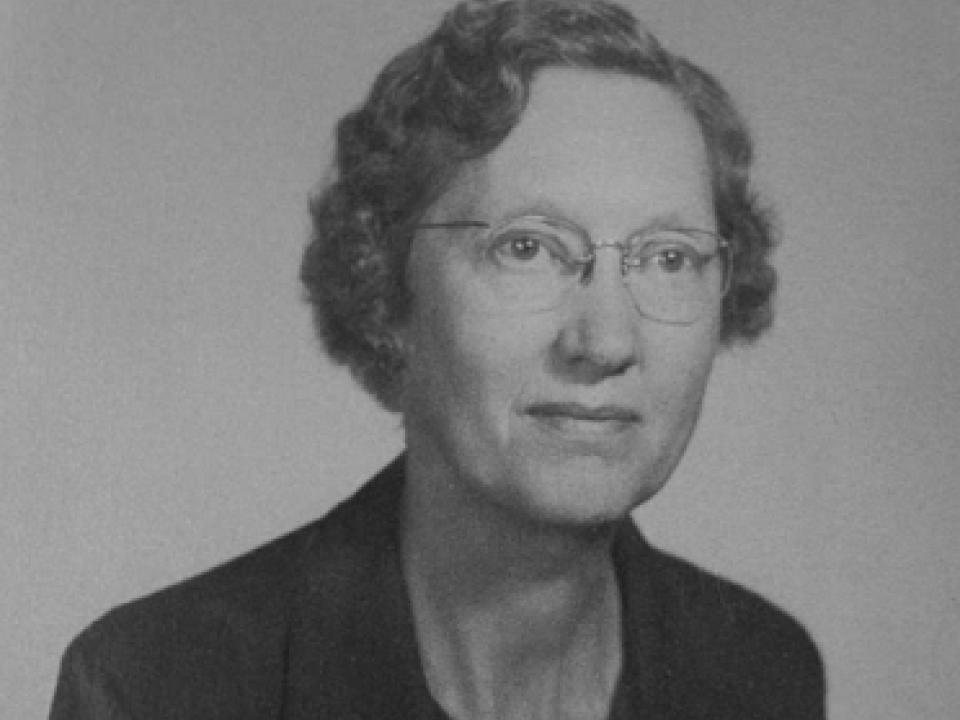The Herbarium is SUNY Oswego’s plant museum, featuring approximately 40,000 specimens of pressed and dried plants with associated collection data.
Each specimen represents an irreplaceable time capsule: a record of a species occurring at a specific place and time. With specimens dating back as far as the early 1800s, and originating from every continent except Antarctica, the Oswego Herbarium represents a significant global collection. The greatest coverage is for the flora of Upstate New York.
The Oswego Herbarium is primarily a research collection, and includes a smaller teaching collection of local flora to support classes in the Department of Biological Sciences, such as Plant Systematics, Plant Kingdom, Introduction to Ecology, and Trees and Shrubs.
